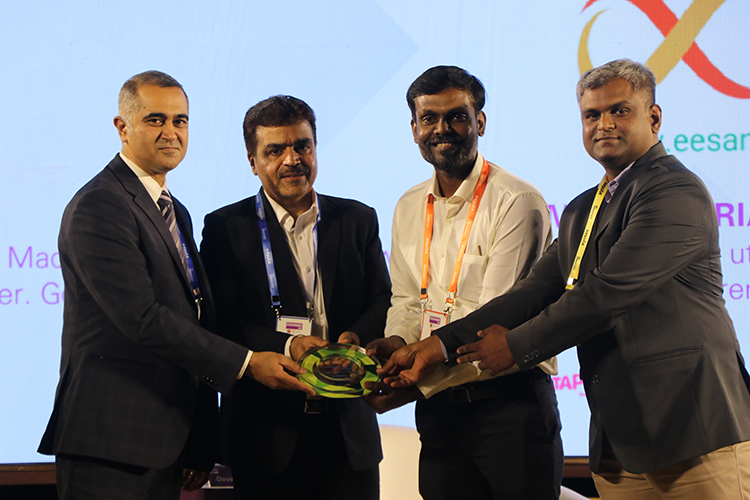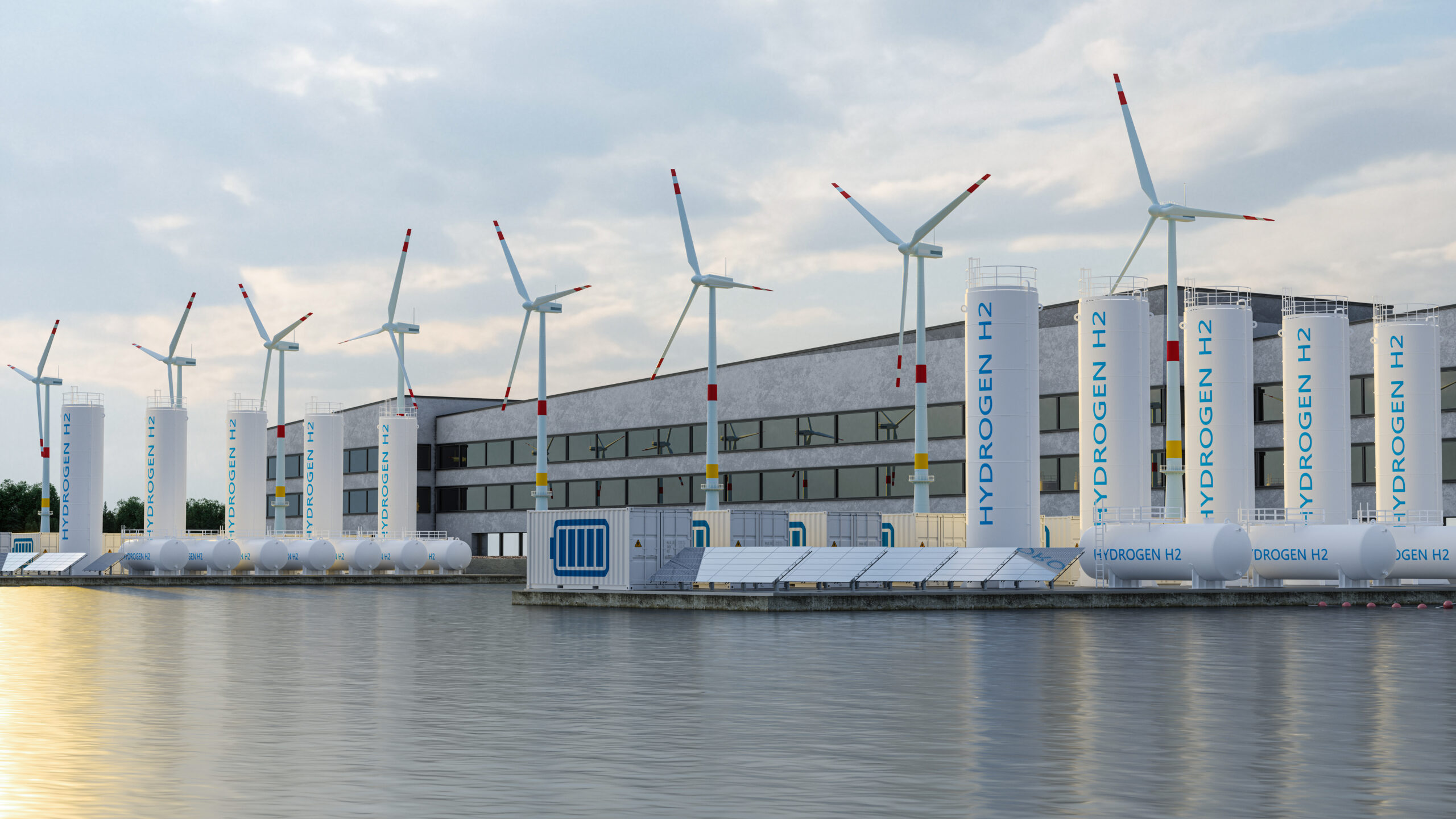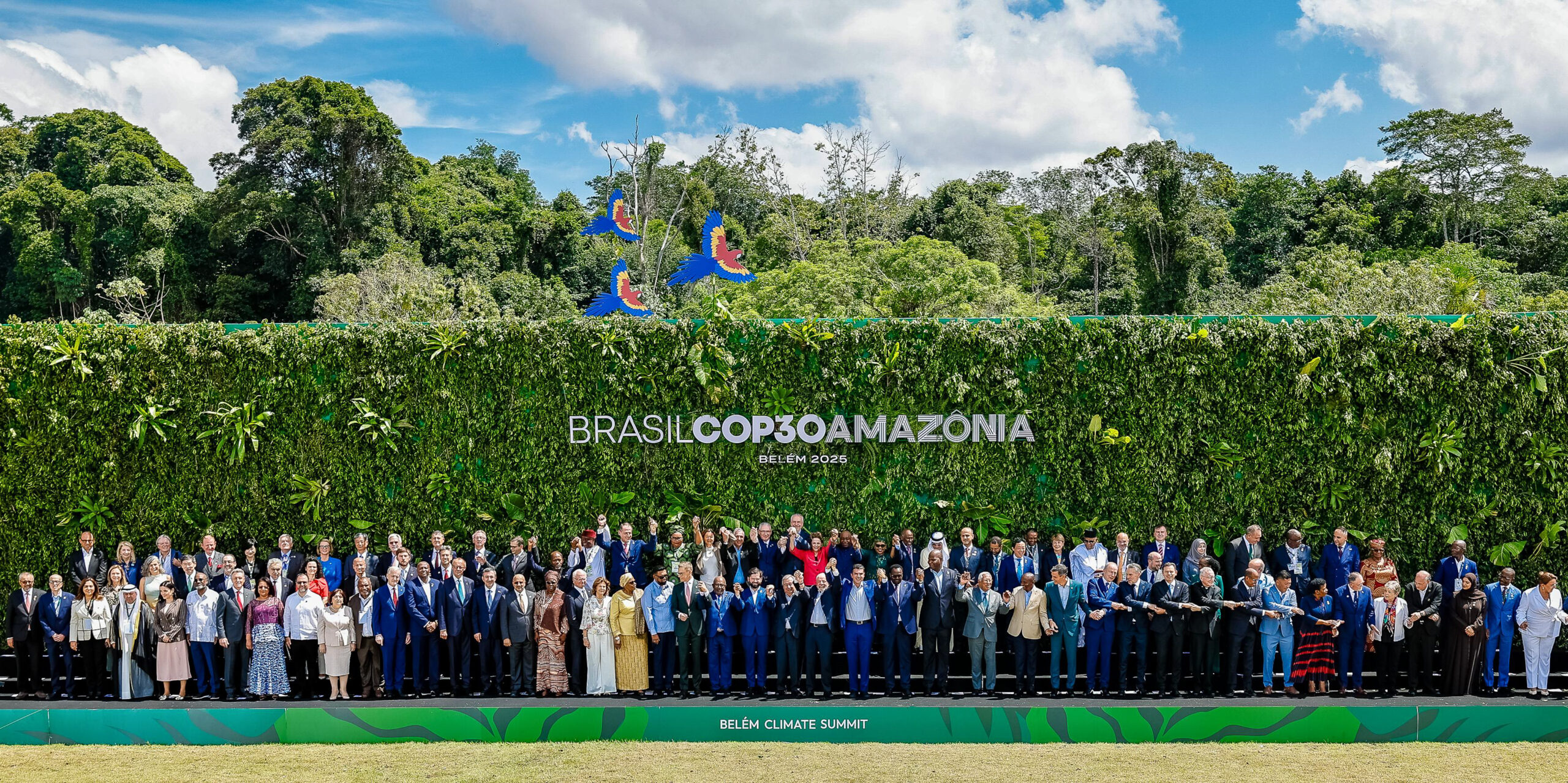Suzhiyam Industrial Machines, the winner of the inaugural Energy Leap Innovation Challenge, is revolutionizing the way India approaches clean energy and waste management.
In this interview, the co-founders discuss their technology, the challenges facing start-ups in India, and their ambitious vision to become the country’s leading green hydrogen supplier by 2027.
Congratulations on winning the Innovation Challenge award earlier this year! Tell us about your journey till date – what’s your background and earlier experience prior to starting Suzhiyam Industrial Machines? What inspired you to start Suzhiyam?
Vivekanandan J: I am the director of the company and a passionate mechanical engineer with an MS in aerospace from IIT Madras, specializing in combustion. My experience as principal combustion engineer at GE, USA’s gas turbine division lends itself to the product development know-how of the company.
Anandarajeshwaran J: I am the co-founder of the company, a second-time entrepreneur with an MBA in operations research, and I bring IT automation experience from PayPal. My first stint as an entrepreneur was a software development start-up established in 2003, which experimented with handheld systems five years before the smartphone revolution started in 2007. We are brothers from Madurai, Tamil Nadu, and we started Suzhiyam Industrial Machines in 2018.
Suzhiyam’s first commercial installation was for a food processing company in Bengaluru in 2020. The initial success was in R&D and manufacturing of solid fuel burners for industrial process heating equipment. But later the business strategy evolved into manufacturing machines for converting waste to solid fuel. India generates huge amounts of agricultural waste and municipal solid waste (MSW). The waste accumulated so far and being generated on a daily basis is enough to replace 70% of India’s industrial fossil fuel imports. Suzhiyam’s vision is to be the market leader in replacing fossil fuel usage in industries with EnerPell – a solid fuel generated from waste.
The plan is to apply for 8 patents by November 2024. With grants from Xynteo, we are moving towards green hydrogen generation, which is at TRL 4 with the company. Within the next 2 years we want to generate green hydrogen from EnerPell on an industrial scale. Green hydrogen has a much bigger potential for India in terms of export market share.
Can you explain your technology for producing clean hydrogen from waste? How do you source the waste? What are the main advantages of your method compared to other hydrogen production techniques?
We deploy gasification burners for industrial clients, generating green hydrogen from municipal and agricultural waste through extended gasification and steam reforming. Our experience gives us an edge in this space, uniquely using both waste types for higher yields.
Sourcing feedstock is challenging. We partner with waste management companies, establishing plants in dump yards to ensure continuous MSW supply, which has higher calorific value and is more cost-effective than agricultural waste.
Our approach contrasts with the standard electrolyser method, which requires rare earth metals and substantial water. Our gasification process uses 1/10th of the water, doesn’t need rare earth metals, and runs on carbon- neutral EnerPell from MSW. This enables 24/7 operation regardless of climate conditions.
Unlike electrolysers, which stress local water supplies and real estate, our process removes waste from dumps and can utilize any unused land near municipal dump yards. This helps waste management plants reclaim land and prevent dump expansion, offering a more sustainable and efficient solution for green hydrogen production.
How far along are you in the development process? What’s your current technology readiness level?
Our journey began with simulation-based models using data from our gasification burners. These simulations provided crucial metrics, including energy requirements, hydrogen generation volume, and other key parameters for industrial-scale plant operations. We’ve successfully implemented a lab-scale model to measure composition.
Our process comprises three components:
1. Gasification of MSW – TRL 9
2. Steam Reforming – TRL 4
3. Pressure Swing Adsorption (PSA) – TRL 9 (using off-the- shelf commercial products)
With Xynteo’s funding, we’re progressing towards setting up a 2 kg/hour green hydrogen plant using MSW.
The technological challenges are minimal, and we have a clear roadmap to overcome them. Our primary hurdles are funding-related, specifically for procuring the PSA unit and data acquisition kits. Xynteo is facilitating connections with interested third parties to bridge this gap.
What impact do you hope your technology will have on the clean energy sector?
Our success will disrupt two sectors 1) fertilizer, and 2) energy exports.
The ammonia-based fertilizer sector will be the first to be disrupted in terms of pricing, as imported ammonia can be replaced with locally sourced green ammonia. Green hydrogen will be India’s first fuel to be exported. Rapid scaling up will ensure India becomes the largest exporter of green hydrogen.
What are your plans for scaling up the technology? How does your solution fit into the broader clean hydrogen value chain?
The pilot plant we are establishing will provide us with some key and critical numbers for the scaling up. At this juncture the scale up to which we can grow is not yet known. Hydrogen for fertilizer production is where we believe our immediate commercial success will come from. Contrary to popular opinion, we believe that green hydrogen will never be a viable or feasible mobility solution.
What challenges do start-ups face, and your company in particular, in India?
Without letting the tech industry evolve, government bodies in India and other stakeholders have already finalized regulations and policies—this is creating problems, and will complicate issues further in the very near future. This will thwart all out-of-the-box thinking by tech companies like ours.
How has the Innovation Challenge award helped your company to grow?
Until December 2023 our green hydrogen efforts were put on hold due to lack of funding and expert connects. The Innovation Challenge award has put it back on our work table with a new perspective. The expertise and market insight that the Xynteo team is offering us has changed our view of commercial aspects of the green hydrogen market space.
A success with our first pilot will ensure that we will be able to attract the required investments, which we are unable to do now. Upon completing the pilot we will be able to file up to 4 patents.
How attractive is the hydrogen market in India in terms of technology development, pilot, finance, and offtake support?
To be frank, the hydrogen market that we are able to access is very nascent. Though plants are being deployed, majority of them are on pilot scale or experimental. Sustained production, cost at large-scale production, supply of feed—all this is just being figured out.
What is your vision for the company? Where do you see Suzhiyam Industrial Machines in five years?
Our vision is to become India’s leading green hydrogen supplier and technology provider from MSW by 2027. Our short-term goal is to achieve revenue of INR3.5 crore1 by March 2025, and our long-term goal is to be listed on SME IPO (Small and Medium Enterprise Initial Public Offering) by March 2029.
For further information, refer www.eesan.in
Call: (+91) 9740252554, Email: yes@eesan.in
This article first appeared in Hydrogen India, July 2024, Vol I, Issue 3



